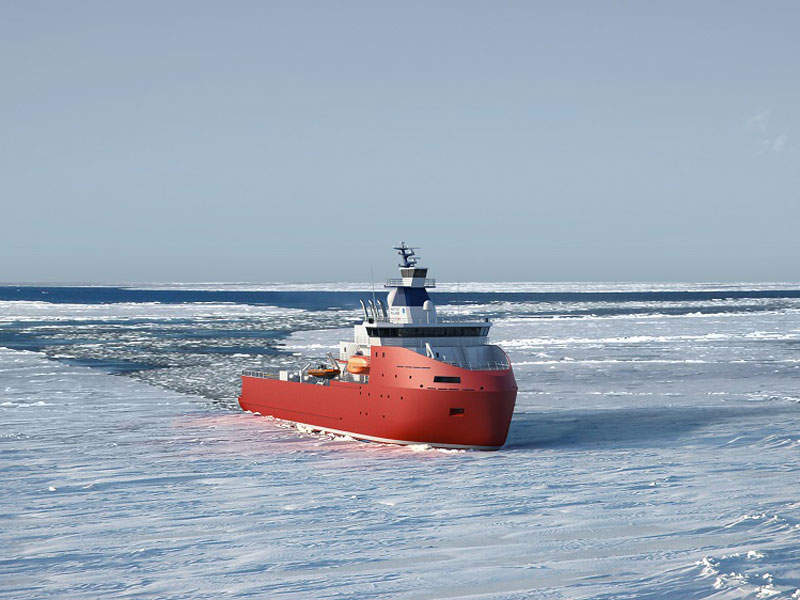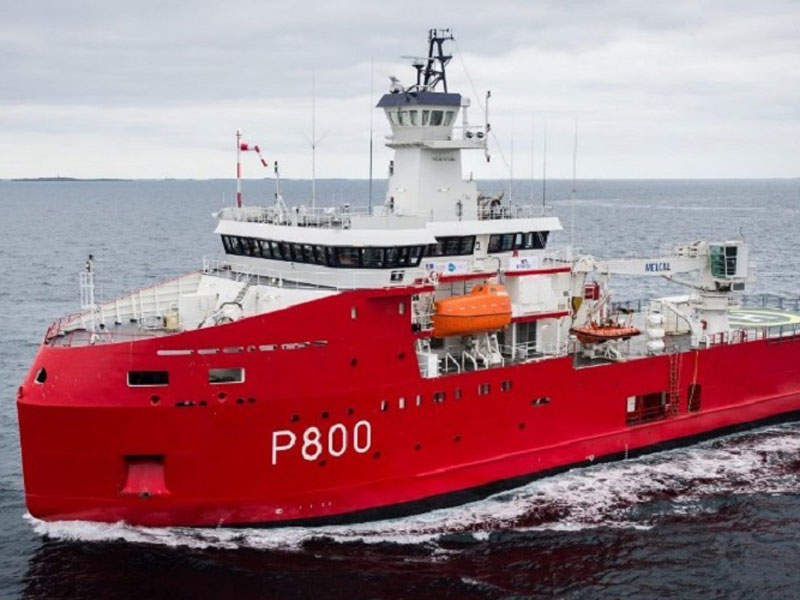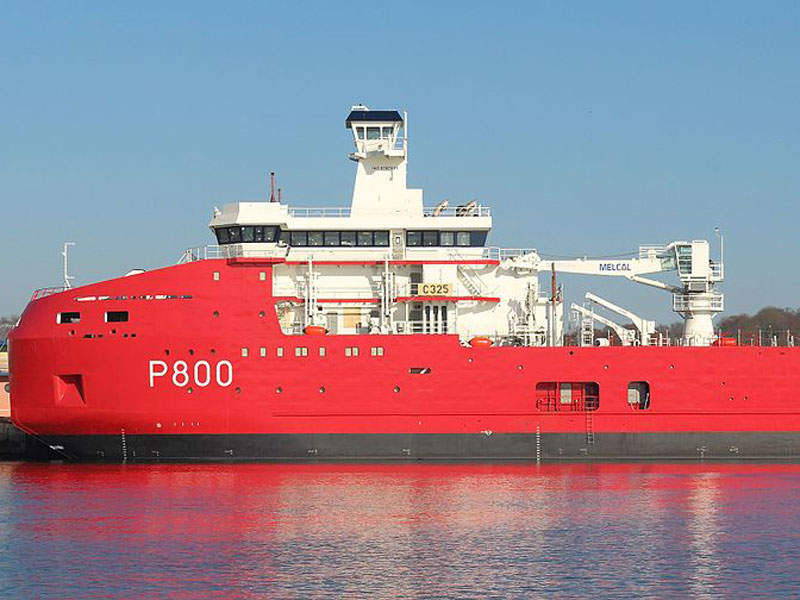The L’Astrolabe polar logistics and patrol vessel was built by Chantiers Piriou shipyard in Concarneau, France.
The vessel is jointly owned and operated by the French Southern and Antarctic Lands (TAAF) administration, the French Polar Institute (IPEV) and French Navy.
It provides logistics support to scientific bases in the Antarctic Ocean and helps conduct sovereignty and patrol missions in the exclusive economic zones (EEZ) of the French Austral territories.
A naming ceremony of the vessel was held in July 2017. It was delivered to the French Navy in September 2017 and inducted by June 2018.
The vessel conducted its maiden logistics support mission (MSLA) in 2018. This involved the transportation of freight and passengers between Australia and the Dumont d’Urville station in the Terre Adélie territory, Antarctica.
L’Astrolabe will replace the ageing L’Albatros patrol vessel as well as the L’Astrolabe polar logistics vessel.
L’Astrolabe development history
The Ministry of Overseas France placed a contract with Chantiers Piriou for the construction of a polar logistics vessel in June 2015.
Aker Arctic was awarded a contract by PIRIOU to design the ship and provide on-site engineering support.
Chantiers Piriou placed a contract with Wartsila to deliver propulsion solutions for the vessel in November 2015. L’Astrolabe was launched in December 2016 and christened in July 2017.
L’Astrolabe design and technical specifications
The polar logistics vessel was designed by Aker Arctic based on a concept developed by Marine Assistance.
The hull and superstructure of the vessel are made from steel, and it is classified by the Bureau Veritas as an Icebreaker 5, which means the vessel can operate independently in ice with a maximum thickness ranging from 60cm to 80cm.
It has an overall length of 72m, moulded breadth of 16m, draught of 5.30m and depth of 6.8m at the main deck. The deadweight tonnage of the ship is 1,200t, and the icebreaker is manned by a crew of 60.
Deck equipment and systems
The deck of L’Astrolabe is installed with cargo handling equipment, including an aft crane with a lifting capacity of 35t at a 12m outreach and a fore crane with a lifting capacity of 900kg at an 8.8m outreach. The aft deck also accommodates a gantry with a 5t capacity.
L’Astrolabe also features an aft landing spot and hangar facility to support the operations of two helicopters.
Cargo capacities of the polar logistics and patrol vessel
The icebreaker has the capacity to store 150m³ of freshwater, 900m³ of usable fuel oil and 500m³ of freight fuel.
Its cargo deck can carry 14 containers at 20ft each, while the upper deck can hold 40. The total freight carrying capacity of the vessel is up to 1,400t.
L’Astrolabe propulsion
The L’Astrolabe vessel is powered by four in-line Wartsila 20 main diesel engines, which drive two Wartsila stainless steel controllable-pitch propellers through two Wartsila reduction gears. Each engine develops a maximum power output of 1,600kW.
The power plant also integrates four Wartsila NOx Reducer (Wartsila NOR) emissions after-treatment systems, a 500kW Wartsila tunnel thruster, two 500kWe generators and a 150kWe emergency generator.
Wartsila’s NOR systems will enable the ship to reduce NOx emissions in order to meet the International Maritime Organisation’s (IMO) Tier III emission standards.
The propulsion system provides a maximum speed of 14k and enables the vessel to operate in the most challenging ice and weather conditions. The high endurance of the ship further enables it to conduct missions for 35 days at 12k.





